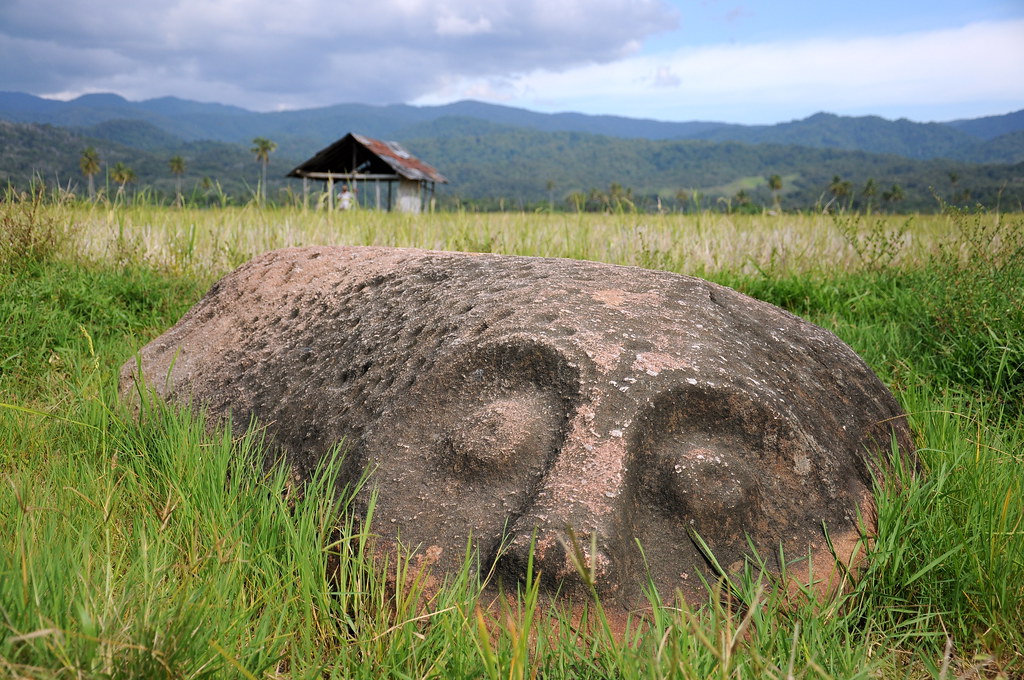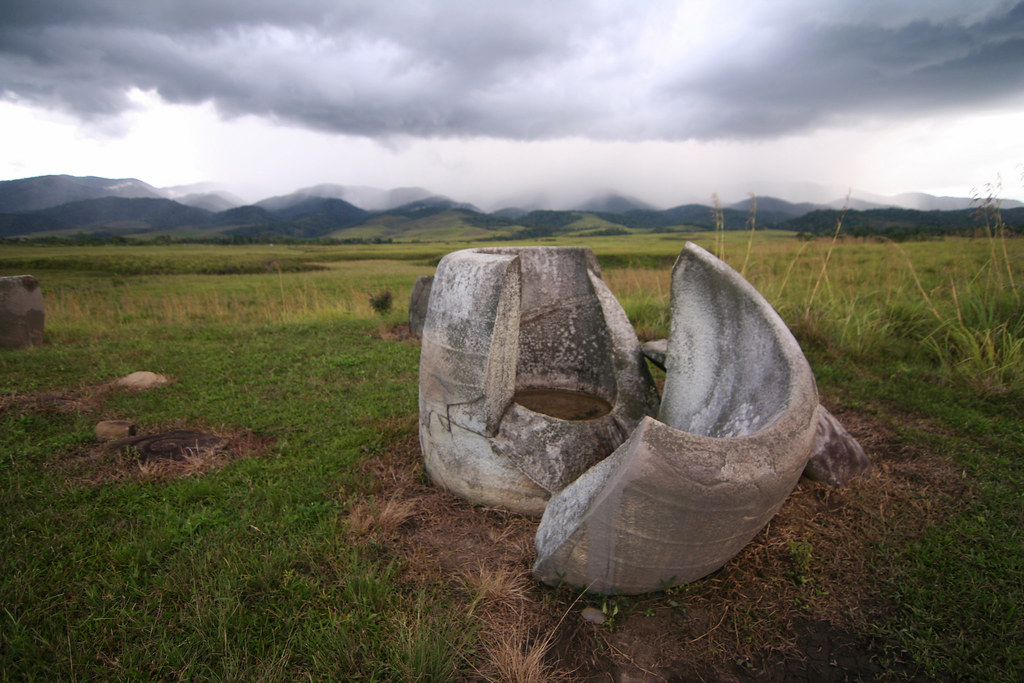The Sunken City on Kekova Island
city island kekova sunken TravelThe ancient Lycian city of Simena, often referred to as Kekova-Simena, once straddled the long and narrow island of Kekova in the Mediterranean Sea near the Turkish coastline. In the olden times, Simena was a small fishing village and was later an outpost of the Knights of Rhodes.
Part of the city lies on the mainland, where today stands the charming fishing village of Kaleköy. The mixture of ancient, medieval and modern history on Kaleköy makes it one of the of the most visited places in Turkey today. Worth seeing here is the well-preserved castle built by the Knights of Rhodes, and the Lycian necropolis overlooking the sea and surrounded by ancient olive trees. Across the bay, on Kekova Island, lies Simena’s other half. This part of the city today lies half-submerged in the waters. The land slipped into the ocean when a terrible earthquake struck Turkey in the 2nd century. Half of the houses, now in ruins, are submerged with staircases descending into the water. Some of foundations of buildings and the ancient harbor are totally beneath the water’s surface.

Photo credit: Alessandra Kocman/Flickr
The entire Kekova region was declared a specially protected area in 1990 by Turkish government, and subsequently diving and swimming here was prohibited. Although the prohibition was lifted in later years, the area where the sunken city is is still restricted.

Photo credit: Vladimer Shioshvili/Flickr

Photo credit: Chris Walsh/Flickr

Photo credit: Alessandra Kocman/Flickr

Photo credit: Massimiliano Giani/Flickr

Photo credit: Bengt Flemark/Flickr

Photo credit: JJ Hall/Flickr
Sources: www.traveltofethiye.co.uk / lycianturkey.com / Wikipedia
Subscribe to our Newsletter and get articles like this delieverd straight to your inbox
Part of the city lies on the mainland, where today stands the charming fishing village of Kaleköy. The mixture of ancient, medieval and modern history on Kaleköy makes it one of the of the most visited places in Turkey today. Worth seeing here is the well-preserved castle built by the Knights of Rhodes, and the Lycian necropolis overlooking the sea and surrounded by ancient olive trees. Across the bay, on Kekova Island, lies Simena’s other half. This part of the city today lies half-submerged in the waters. The land slipped into the ocean when a terrible earthquake struck Turkey in the 2nd century. Half of the houses, now in ruins, are submerged with staircases descending into the water. Some of foundations of buildings and the ancient harbor are totally beneath the water’s surface.

Photo credit: Alessandra Kocman/Flickr
The entire Kekova region was declared a specially protected area in 1990 by Turkish government, and subsequently diving and swimming here was prohibited. Although the prohibition was lifted in later years, the area where the sunken city is is still restricted.

Photo credit: Vladimer Shioshvili/Flickr

Photo credit: Chris Walsh/Flickr

Photo credit: Alessandra Kocman/Flickr

Photo credit: Massimiliano Giani/Flickr

Photo credit: Bengt Flemark/Flickr

Photo credit: JJ Hall/Flickr
Sources: www.traveltofethiye.co.uk / lycianturkey.com / Wikipedia
Subscribe to our Newsletter and get articles like this delieverd straight to your inbox





















































